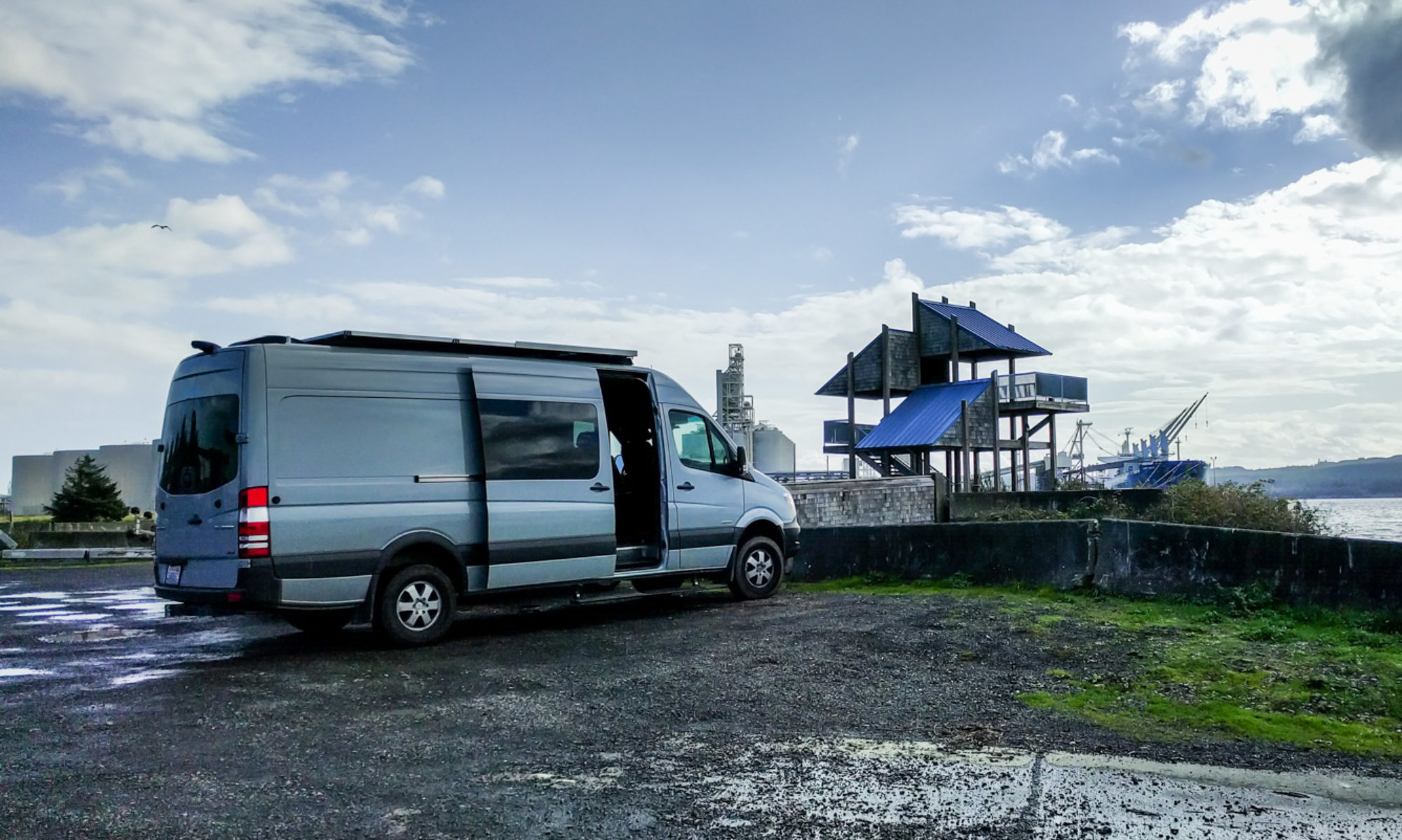It might look like a mess, but the cardboard boxes in the picture above helped me to work out the design of the battery box and electrical area in the back of the van.
I cut cardboard boxes to size for each of the main components, and also traced the shape of the smaller components like switches, gauges and connectors. Then, I tried different placements in the van.

The battery would fit on the floor behind the wheel arch, but then there wouldn’t be room for the inverter and solar charge controller on the wall below the l-track we will use to hold the panels in place. The switch panel could go on the back edge of the battery box if the battery was above the wheel arch, but then you couldn’t flip switches because the inverter would be in the way.
Obviously you could mess around with all these factors in CAD, but by getting physical with some cardboard cutouts, it was easy to work out which solutions were better than others, and to see how the items all worked in combination. It also allowed me to quickly measure the distance between the key components. That’s important, because the 12 volt cables we are using are thick and quite expensive. Keeping them as short as possible is pretty important.
The back door stay clip needs space to rest when the door is closed, the magnetic door stop has a massive bracket in the rear corner of the van, and no lines in the van appear to be straight. There are recesses and vertical bars inside the walls at odd locations. You could miss a small detail like this if you were only working from a CAD drawing, and that might lead to big problems further down the line.
Next was a hardboard prototype. I used a scrap piece of pressed board to lay out the switches, which fit nicely into one of the wall recesses. Then I taped the cardboard boxes on to the board to make sure I could access the switches by leaning in from outside the van, and to work out my cable runs.
Once I had a good general idea of the layout I wanted, I sketched it out and gave it to my neighbor Ken, along with the engineering drawings of all the components. He then converted this into a CAD drawing and his co-worker Jessi created a pretty amazing battery box.
You can see how that initial placement of cardboard boxes evolved into the final design. Sure, it could have been done without the cardboard step, but it gave me peace of mind, and even helped catch a dimensioning issue during the CAD design phase because it didn’t “look right” compared to the mock up I’d done with the boxes.







